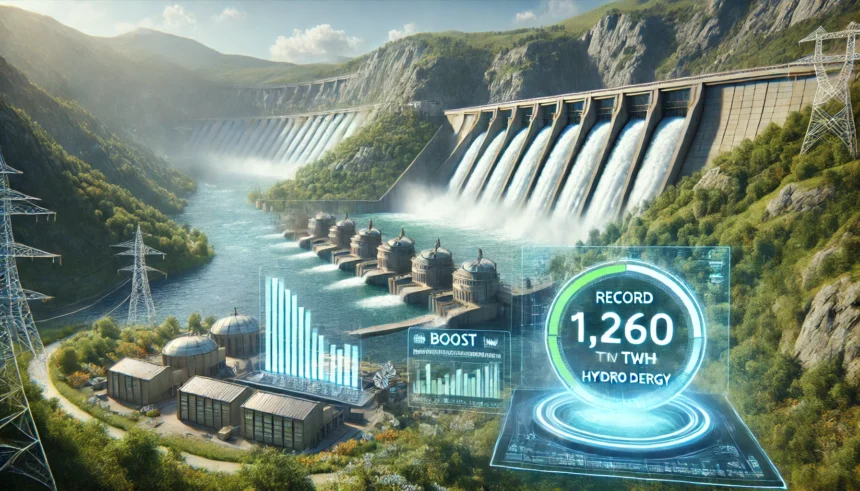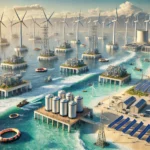This year, Europe’s hydro dams have played a significant role in lifting clean electricity generation to new heights. From January through May 2024, hydro-powered electricity output saw a notable 18% increase compared to the same period in 2023. This surge has helped Europe achieve record levels of clean energy production.
Key Highlights
- Hydro Electricity Surge: From January to May 2024, Europe’s hydro dams produced 388 terawatt hours (TWh) of electricity, up from 330 TWh in the same period last year. This is the highest level in at least nine years.
- Boost in Clean Energy: Alongside wind and solar farms, hydro power has contributed to a record 1,260 TWh of clean electricity in Europe, marking a 9.4% increase from the same months in 2023.
- Reduction in Fossil Fuels: The increase in clean power has allowed Europe to cut fossil fuel electricity production by over 9%, reaching the lowest levels in the first five months of the year since 2015.
- Emissions Drop: Europe’s power sector emissions have decreased by around 9%, hitting their lowest in over nine years.
Hydro Power Across Europe
The recovery in hydro electricity generation has been widespread across mainland Europe. Here are some standout numbers:
- France: The largest hydro producer in mainland Europe generated 3.7 million gigawatt hours (GWh) from January 1 to June 23, a 50% rise from the same period in 2023 and 12% above the long-term average.
- Italy: Hydro generation increased by 49% from last year and is 23.4% above the long-term average.
- Germany: Hydro production is 44% above the long-term average.
- Alps Catchment Area: Including Austria, France, Italy, and Switzerland, this region saw a 40% increase from last year and 14.4% above normal.
Growing Share of Hydro Power
Hydro dams produced 19.2% of Europe’s total electricity in the first five months of 2024, up from an average of 17% over the past five years. Clean power sources, including hydro, supplied 62% of Europe’s electricity during this period.
Impact on Fossil Fuels
- Coal-Fired Generation: Down by 13.3%
- Natural Gas-Fired Generation: Reduced by 7%
- Solar Generation: Increased by 21.4%
- Wind Output: Up by 7.6%
Seasonal Trends
While hydro generation may decrease in the coming months due to the end of snow melt and the onset of the driest period, solar generation is expected to rise during the peak summer months. This trend, along with stable outputs from nuclear plants and bioenergy facilities, suggests that Europe’s clean energy generation will continue to grow, further advancing the region’s energy transition efforts.
Europe’s reliance on hydro power highlights the importance of renewable energy sources in reducing emissions and fostering a sustainable future. With hydro, wind, and solar power paving the way, Europe is well on its path to a greener and cleaner energy landscape.
















